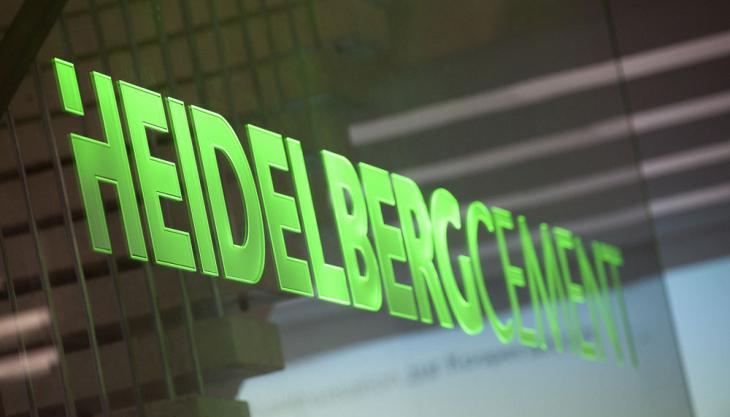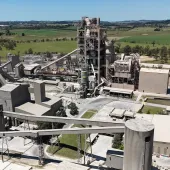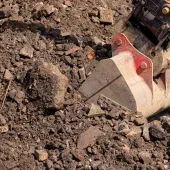New project to investigate binding CO2 in minerals

HeidelbergCement and RWTH Aachen University to study the absorption of carbon dioxide by olivine and basalt
THE German Federal Ministry of Education and Research (BMBF) has provided €3 million in funding to investigate the binding of carbon dioxide in minerals. During the three-year ‘CO2MIN’ project, which began on 1 June 2017, HeidelbergCement and RWTH Aachen University will explore the absorption of carbon dioxide from flue gas by olivine and basalt. It is hoped that, in the future, carbonized minerals could be used as a value-added additive in the production of building materials.
With natural absorption, it can take decades until olivine and basalt, which are able to bind carbon dioxide over their entire life cycle, are saturated with the greenhouse gas. The research project intends to speed up the absorption process. If successful, carbonized minerals could be used in various product applications.
The use of carbon dioxide as a raw material has a high priority in HeidelbergCement’s climate strategy. ‘We are already reducing the CO2 emissions of our plants very successfully by using alternative fuels and raw materials, and by optimizing the efficiency of our kilns,’ explained Jan Theulen, director of alternative resources. ‘In order to reduce CO2 emissions even further in the future, we have to develop and test new approaches. One of them is the binding of CO2 by minerals.’
In the first year the research project will focus on the investigation of different minerals in small-scale experiments. In the second year the carbonation of the most suitable minerals will be tested under realistic process conditions. Life-cycle assessments as well as analyses of economic aspects and social acceptance will complete this phase. In the third year, marketability and acceptance will be further optimized through intensive co-operation with customers.









